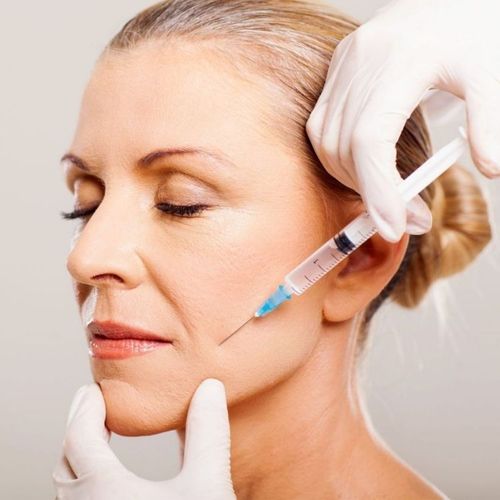Perhaps best known for its wrinkle-banishing ability, Botox can also help stroke patients recover some functioning, according to a new study.
Repeated injections of Botox, or botulinum toxin type A, helped stroke survivors regain enough function to perform everyday activities, such as dressing themselves, without pain, says Dr. Allison Brashear, a professor and chairman of neurology at Wake Forest University Baptist Medical Center in Winston-Salem, North Carolina
The Study
Brashear's team injected Botox into the wrists, fingers and elbow flexors of 279 patients who had post-stroke muscle spasticity. Treatments were spaced at least 12 weeks apart during the year long study.
The team measured muscle tone as well as disability in hygiene, dressing, limb posture and pain, and asked the patients which area they most wanted to improve. None of the participants experienced serious side effects from the Botox injections, and muscle tone greatly improved by week six, Brashear says.
The improvement lasted throughout the study period, aid at the end of the study, at least half bf tfr. survivors achieved an improvement in the area they deemed most important.
The study was funded by Allergan Inc., the company that developed Botox.
Reaction
"We all agree that Botox relaxes muscles," Brashear says. "What this paper tried to get a handle on is what does that mean to the [stroke] patient."
From the results of the study, "It's evident that Botox makes a difference in function," Brashear concludes.
Another expert says this study of stroke survivors confirms what some clinicians have long known. "I've been using it for years for patients with spasticity," says Dr. Todd Schlifstein, a physical medicine and rehabilitation physician at New York University Medical Center.
The new study, he says, is "additional proof of the benefit of Botox for reducing spasticity in stroke patients."
Botox Background
Botox was first approved by the US Food and Drug Administration (FDA) in 1998 to treat eye problems such as "lazy eye." Next, it received FDA approval for the treatment of a movement disorder that causes neck and shoulder contractions. Then it was approved for cosmetic use.
Botox has been used "off-label" for stroke patients for approximately five years, according to Brashear. Off-label use refers to the common practice of prescribing a drug or treatment for a purpose that has not been specifically approved by the FDA.
Botulinum toxin type A, a protein complex produced by the bacterium Clostridium botulinum, contains the same toxin that causes botulism, a potentially deadly form of food poisoning. However, sterile, purified botulin toxin in small doses also blocks the release of acetylcholine, a chemical released by nerve cells that signals muscles to contract.
Other studies have found Botox effective for a variety conditions, including excessively sweaty palms and feet.
Many Can Be Helped
According to the American Stroke Association, 700,000 people in the United States have a stroke each year. Approximately 4 million Americans are stroke survivors, and one-third of them experience spasticity, Brashear estimates.
Schlifstein estimates that up to 10% of stroke survivors could benefit from Botox injections.
Typically, a stroke survivor who experiences spasticity is referred to a neurologist or a physical medicine rehabilitation specialist, Brishear says. They can assess whether the condition warrants Botox treatment.
